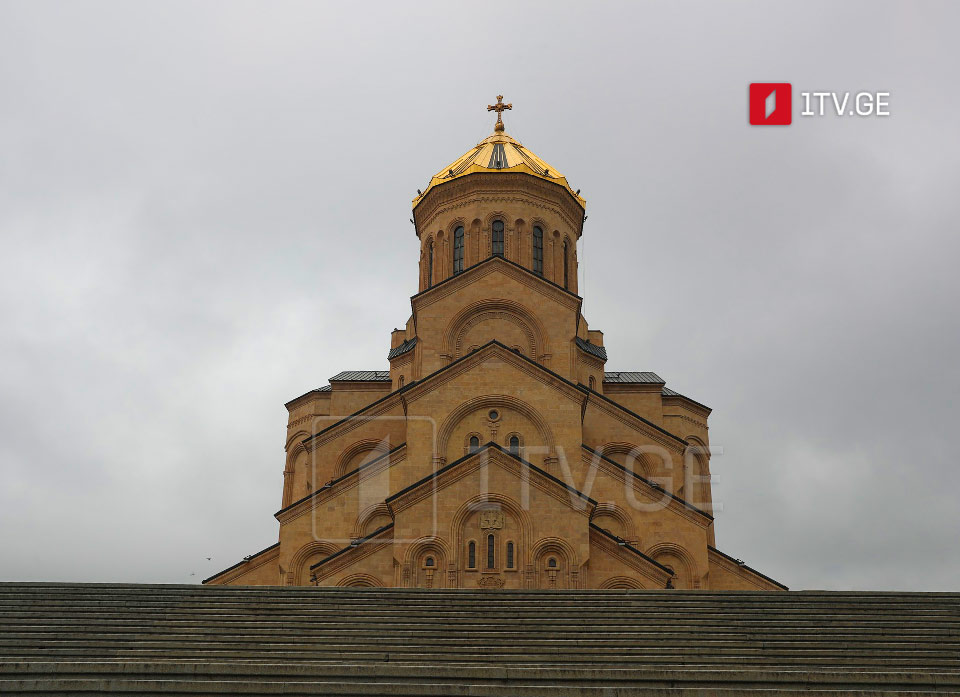An icon of Saint Matrona of Moscow in the capital city’s Holy Trinity Cathedral depicting the saint in the company of a man resembling Soviet leader Joseph Stalin has triggered controversy.
On 9 January, Nata Peradze, a civil activist shared a photo on social media of blue paint being sprayed over the icon. The following day, the Alt-Info movement marched on the Peradze’s home, protesting the fact.
The nation’s Interior Ministry said it has launched a probe into this “actor of minor hooliganism,” adding that the case documents have already been forwarded to the court for future proceedings.
On January 11, the Patriarchate of Georgia issued a statement urging the icon modification, or “the Patriarchate will do it by itself.”
It went on to say that “The icon has been a source of recent heated debates and clashes, taking on a political dimension. The icon has become the object of completely unjustified and offensive actions.”
The Patriarchate explained that, according to canonical rules of iconography, an icon may portray real-life historical experiences of the saint, including interactions with both rulers and ordinary people, heretics and persecutors of the Christian faith, and even the saint’s torturers.
“Instead, such features reveal the indisputable facts about the saint. Since I. Stalin’s visit with St. Matrona is not included in the canonical text of her life owing to inadequate evidence and is not recognised by the Russian Church, which canonised her and undertook a special investigation on this topic, it is necessary to change the mentioned episode,” reads the statement.
The incident seems to be “another wave against the Church,” for Archpriest Andria Jagmaidze, Head of the Public Relations Department of the Georgian Orthodox Church.
“They will try to undermine the Georgian Church. I will add only one thing, the story of Stalin’s visit to Matrona is, in my opinion, more of a myth than reality. His biography mentions this.
Regarding the depiction of Stalin on the icon, first of all, it should be said that this does not mean that Stalin is the object of prayer, because a negative character can also appear on the icon, for example, Diocletian, although the content differs here, Stalin is not in a negative context on this icon.
The icon displayed here does not represent Stalin, and Stalin is not a person who is prayed to,” Archpriest asserted.
The Chair of the Parliament’s Legal Affairs Committee Anri Okhanashvili on 10 January unveiled the ruling Georgian Dream party’s plans to introduce criminal liability for insulting religious buildings and objects and for any act inciting hatred on religious grounds.
“This applies to both Christian Orthodox and other religious buildings, for example, mosques, synagogues, Catholic and other churches,” Okhanashvili explained.
